“Mislabeled” is such an innocuous sounding word. In a recent study, samples of fish were collected in stores and restaurants then subjected to DNA testing to identify them. The goal? To see how often fish is mislabeled as something other than what it is.
Guess what?
A whopping 39% of the fish tested were mislabeled. In fact, a shocking 94% of the fish sold as white tuna was actually something altogether different. Most often, it was snake mackerel, a type of fish known for carrying a toxin that can cause severe diarrhea when eaten.
Here were the top offenders:
Why are these fish being mislabeled?
According to Elizabeth Rosenthal,
In some cases, cheaper types of fish were substituted for expensive species. In others, fish that consumers have been urged to avoid because stocks are depleted, putting the species or a fishery at risk, was identified as a type of fish that is not threatened. Although such mislabeling violates laws protecting consumers, it is hard to detect.
(source)
This kind of mislabeling often raises alarm bells for me. Surely it’s intentional. It must be fraud!
But, is it?
Seafood is increasingly sold on a global market with a long and complicated supply chain. Experts suggest that much of the mislabeling occurs at sea or where distributors cut up a fish hundreds to thousands of miles away, making a filet’s provenance hard to verify.
(source)
In other words, it may just be an honest mistake.
Nevertheless, those potentially honest mistakes can be downright dangerous.
Eating mislabeled fish can be dangerous.
Not only are fish like the toxin-carrying snake mackerel sneaking into your dinners, but a number of other falsely-labeled fish are, too:
Thirteen types of fish, including tilapia and tilefish, were falsely identified as red snapper. Tilefish contains such high mercury levels that the federal Food and Drug Administration advises women who are pregnant or nursing and young children not to eat it.
(source)
How can you know your fish is labeled well?
According to the study, where you buy your fish matters. The largest amount of fraud was found in sushi bars (76% mislabeled), followed by restaurants (39%) and then grocery stores (29%). Among grocery stores, national chains only saw 12% of their fish mislabeled whereas smaller grocers and markets had a higher rate of fraud (40%).
Of course, as a food renegade, I believe in sourcing your fish well from farmers and fishermen you know and trust. The idea is to remove as many middle men between you and your seafood as possible.
If, however, you don’t live by the sea, then what can you do?
Your best bet is to buy seafood from a national grocer, and to stick to the types of seafood that are least likely to be mislabeled.
(top photo by santos graphs taken from Oceana’s Seafood Fraud Report)
 |

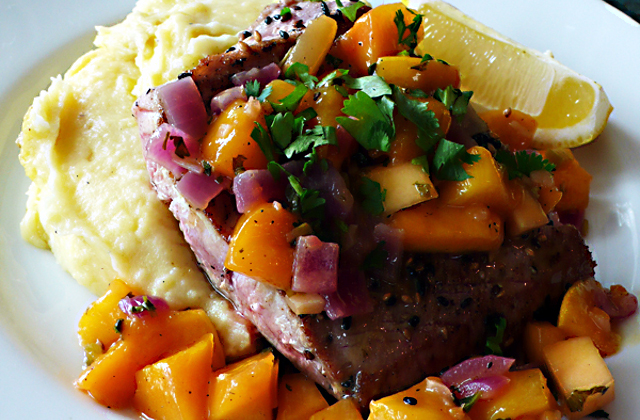

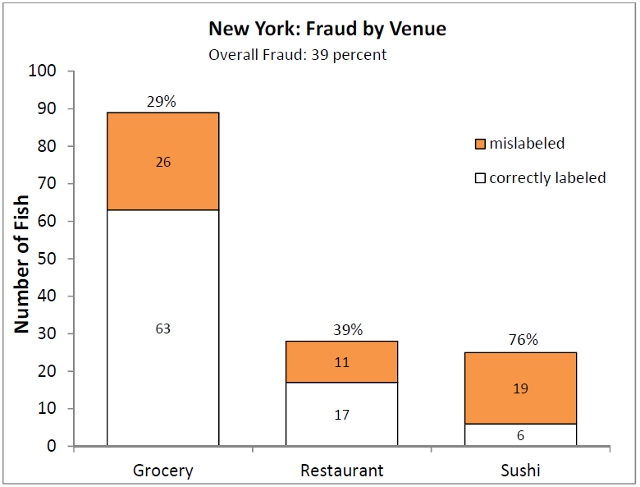
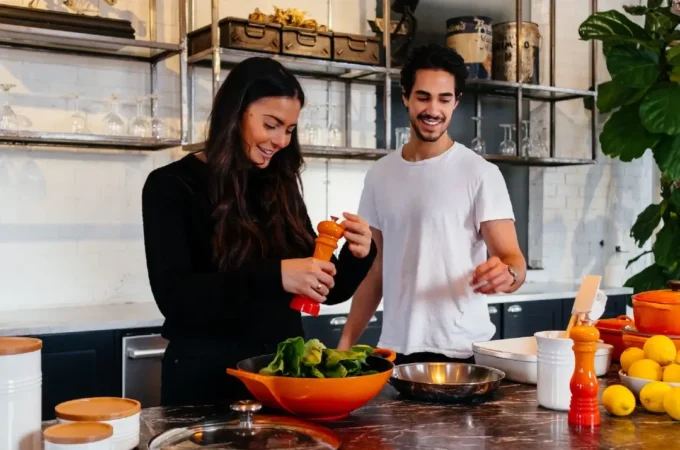

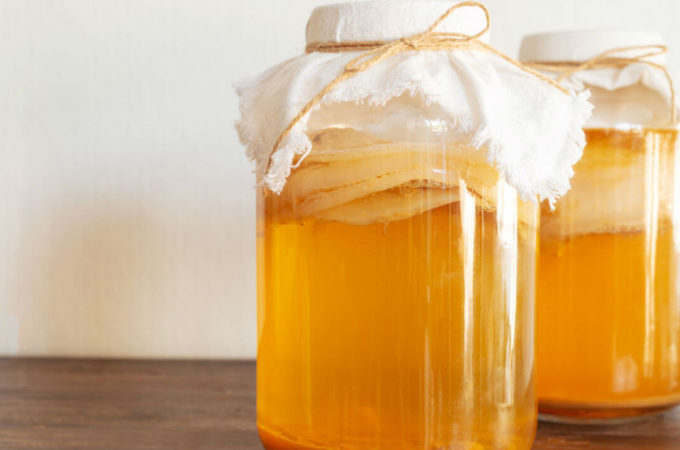
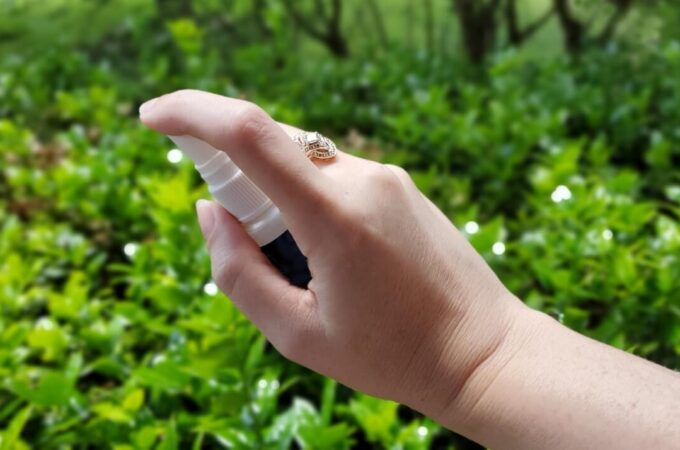
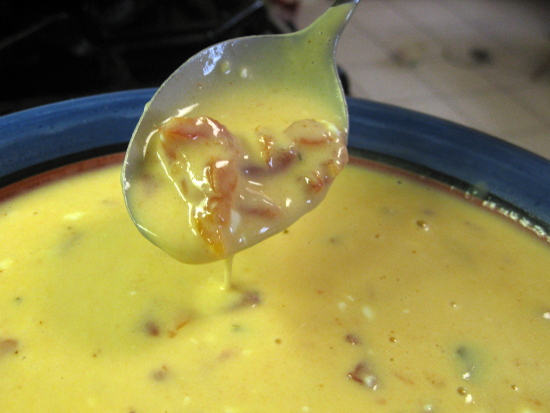
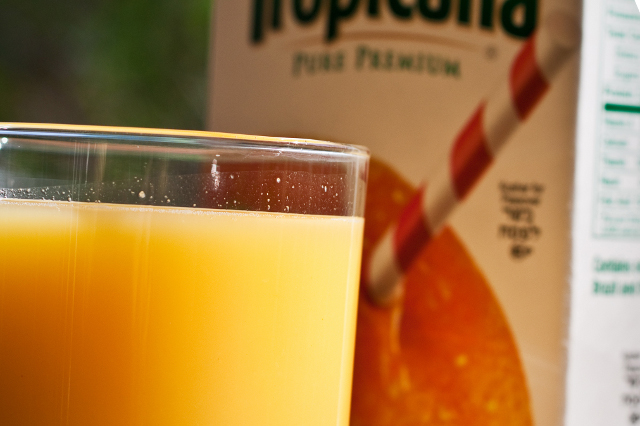

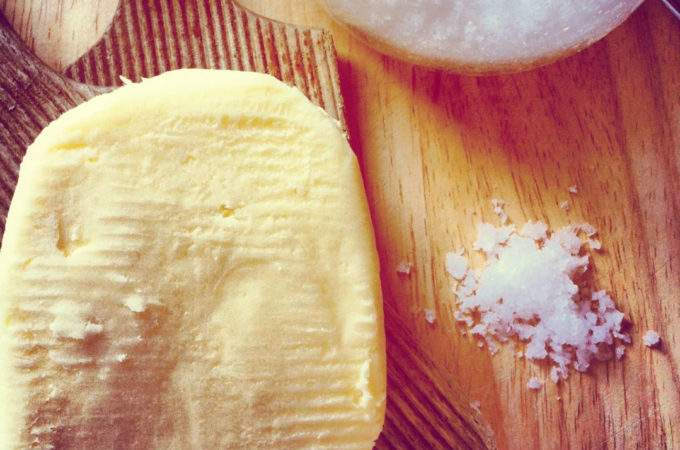
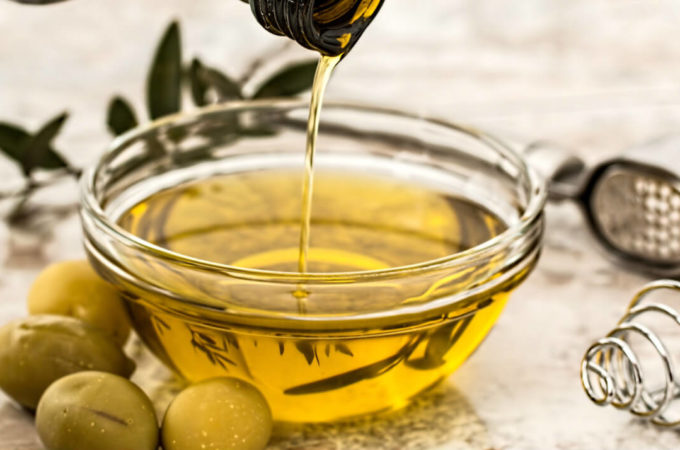
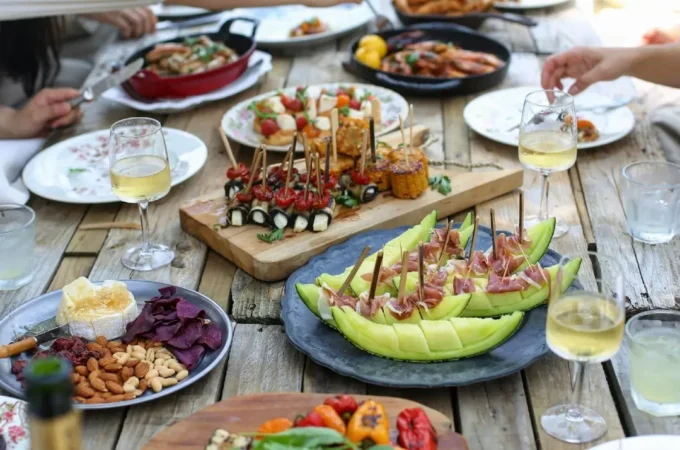
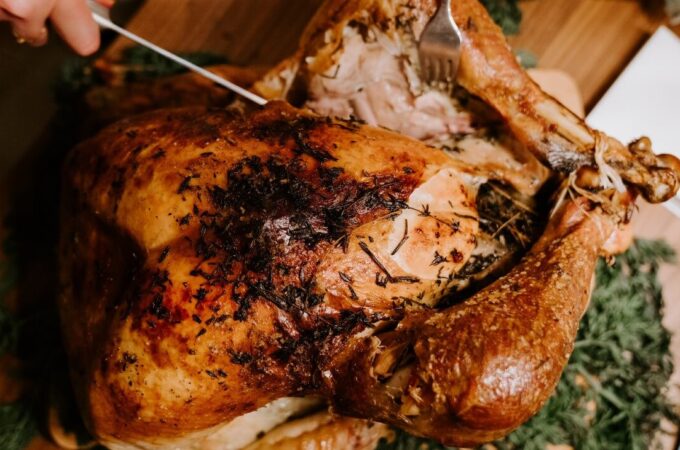


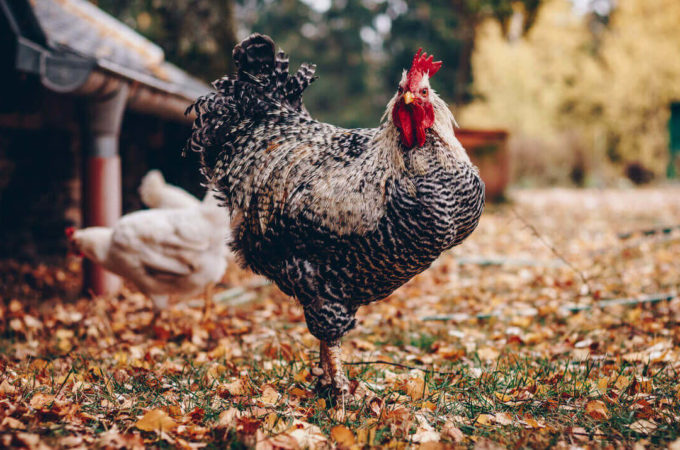

I’ve considered seafood a hard long-term battle, it’s possible to have a stable pasture ecosystem where turf animals live a healthy life and you can too, but the vast pH imabalances, mercury and BPA proliferation, and sheer logistics of the ocean make it hard if not impossible to guarantee “organic” seafood. There’s a reason the word “pastured” has come to replace “free range” or “all natural” as a branding mark for healthy meat, because of the concrete definition of the term.
Maybe the future of clean seafood is “aquacutures”, lakes and ponds, artificial or otherwise, that have a place on the farm and breed a population of freshwater fish. But the volumes are unlikely to be substantial. Maybe I’ll be proved wrong, and I’d love to prove myself wrong by getting farmers doing interesting things the funds to expand to more aquaculture, but for now I’m focusing on promoting pastures, greenhouses and raised beds.
Despite hearing about the report on the local news, I hadn’t read it until you posted the link. There is a lot of interesting bits in it that you didn’t touch on but are as important (or, more, depending on your worries), such as the sale of Asian farmed tilapa as snapper (issues with drug/feeds and environmental degradation) or the sale of farmed salmon as wild-caught/more expensive types of salmon.
Add to those issues that many of America’s streams and rivers are too polluted to safely eat the fish, and the only safe option is aquaculture … but then you will run into other issues, such as GMO grain used as feed.
Yes, the report is quite extensive. I think sustainably done aquaculture will be the next big thing.
I wrote about it here:
https://www.foodrenegade.com/how-i-fell-in-love-with-a-fish/
It’s funny because one of the most mislabeled tuna’s is WHITE TUNA… Most of the time they serve ESCOLAR… I actually always thought WHITE TUNA was ESCOLAR – LOL… I love escolar. It’s known to cause digestive issues because it’s so fatty but it doesn’t cause me any problems!
Anyone interested in this issue should read Four Fish by Paul Greenberg, where he discusses the future of the last wild fish, the history and current state of aquaponics and offers some suggestions as to where we must go if we are to have sustainable wild fisheries and a bountiful healthy aquaponics industry.
Thanks for the book suggestion! I’ll go check it out now.
I thought I might enjoy getting emails from this site but the more I read, the more suspicious I become. It reads like a rag tabloid with sketchy journalism and references. Too bad.
It’s a good thing I’m not a journalist then, isn’t it?
If you want to know more about this, my personal blog on food & nutrition topics, to see if you’d like to continue reading, please check out my About page.
I am not attempting to be a journalist, but an informed mother. I’m not attempting to write news stories, but snapshots of my reactions to the information I’m reading. Think of this as one great big editorial or letter section of the newspaper, but all contributions are from one person — me. That’s what blogging is.
That said, the reference in this post is far from sketchy! It’s a report published by Oceana — the single largest organization in the world dedicated to the preservation of our oceans.
You found 17 out of 18 instances of mislabeled tuna but it would have been more useful to me if you would provide specifics. Was this tuna fillets you ordered in a restaurant, frozen/fresh fillets at grocery store, or most important,canned tuna? Then, if canned tuna, what brands were mislabeled so I can avoid them.
Hi Bob,
Did you read the study? I believe it would have answered most of your questions.
I linked to it in the blog post, but I’ll do it again here.
Click here to read the report.
thank you for this article and your research. i’ve been off shellfish since the 80’s and salmon for over 2 years. in between all that was the report that japan had over fished their oceans and that america was doing the same. that information was enough to affect my consumption of fish. personally i don’t need no graph or specifics. assume most fish has a dodgy past and get on with it..OCEANA is a highly reputable source.
your posts are very much needed and very much appreciated. thank you again!
At some point, you must take responsibility for what you eat. The finite resources squandered by overpopulation and arrogance can never be brought back without an awareness of your own carbon footprints upon the planet.
It is not enough to complain about ‘they’ or something ‘out there’.
We are all complicit.
Change begins with one person, one person who steps forward and says, “I did this. It ends now”.
yes, i too am ready to cut all fish unless i get it straight from the source. in all honesty i doubt i will even miss it too much. not worth the doubt and guilt.
do they list the restaurants in nyc anywhere?
that would help in attempts to spread the word to friends.
thanks so much for spreading the good word.
Thanks Kristen for this information. When I googled Escolar (the “Snake Mackeral”) I got this useful link that helps me tell the difference at a sushi restaurant:
http://www.stripersonline.com/t/790766/sushi-white-tuna
Your articles are wonderful. Keep them coming. I’m a big fan. 🙂
I’ve stopped eating all seafood after discovering an allergy to metals. The testing was done by Clifford Labs. http://www.ccrlab.com